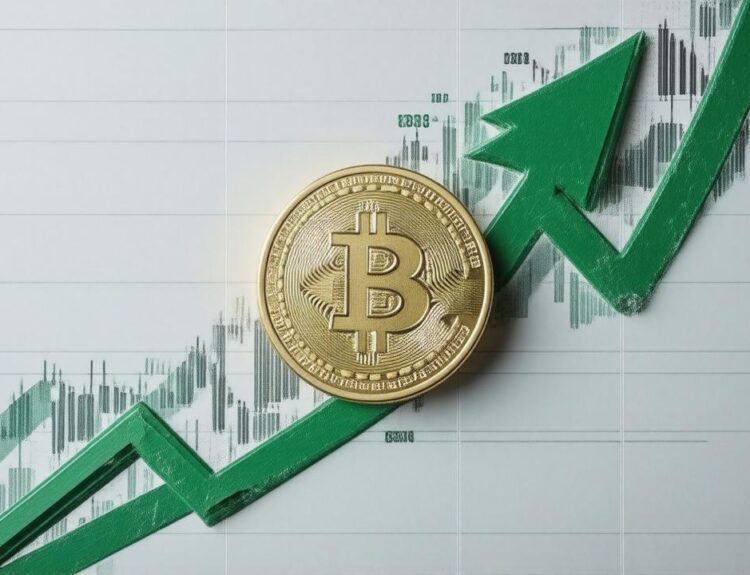“`html
Major U.S. stock indices edged higher on Wednesday, June 4, as weaker-than-expected labor market data provided investors with new insights into the economy’s overall strength. The Dow Jones Industrial Average increased by 0.05%, the S&P 500 gained 0.13%, and the tech-focused Nasdaq Composite rose 0.20%. Despite these gains, all three indices struggled to find clear direction amid renewed concerns about employment trends.
Labor Market Data Signals Economic Weakness
Investor sentiment largely revolved around employment figures, which initially seemed promising earlier in the week. On Tuesday, June 3, a survey on job openings indicated steady growth, with the number of new positions aligning with the number of job seekers. However, fresh data painted a different picture, shaking confidence in the labor market’s resilience.
According to a survey by a prominent payroll processing firm, private-sector payrolls increased by just 37,000 in May. This marks a significant decline from April’s 60,000 increase and fell well below the expected figure of 110,000. The sharp miss has now shifted attention to Friday’s critical nonfarm payrolls report, which could further influence market sentiment.
Weak Job Data Fuels Economic Uncertainty
A disappointing jobs report on Friday could exacerbate growing economic uncertainty. This comes at a time when the Federal Reserve faces mounting pressure from multiple directions. One notable challenge is the projected $2.4 trillion deficit tied to the U.S. federal budget. While this figure is slightly lower than previous estimates, it has already raised concerns among Treasury holders, particularly in light of a recent debt downgrade by a leading credit rating agency.
On Wednesday, yields on major Treasuries reflected this unease, with ten-year Treasury yields falling to 4.353%, down 0.107% for the day. This decline underscores the cautious approach investors are taking amid mounting economic pressures.
Cryptocurrency and Commodity Markets React
The economic uncertainty also impacted the cryptocurrency and commodities markets. Bitcoin (BTC), often referred to as “digital gold,” was trading at $104,996, reflecting a 0.99% decline within 24 hours. This downturn comes as investors remain wary of riskier assets in the current economic climate.
Meanwhile, physical gold provided a safe haven for investors. The precious metal saw a 0.66% increase, reaching $3,374 per ounce. This shift highlights a growing preference for tangible assets during periods of market volatility.
Key Takeaways for Investors
For those navigating today’s complex financial landscape, here are some key considerations:
- Monitor upcoming labor market reports, particularly the nonfarm payrolls data, for a clearer picture of economic trends.
- Stay informed about federal policy changes and their potential impact on market conditions.
- Consider diversifying portfolios to include a mix of traditional assets like gold and emerging investments such as cryptocurrencies.
- Evaluate risk tolerance and adjust investment strategies accordingly during periods of heightened uncertainty.
As markets continue to react to shifting economic indicators, both seasoned and beginner investors should remain vigilant and adaptable. Understanding the interplay between traditional financial markets and alternative investments will be crucial in the months ahead.
“`
























